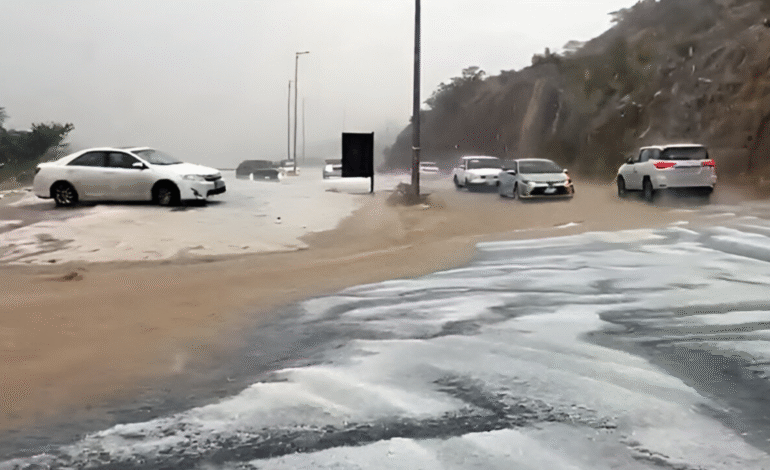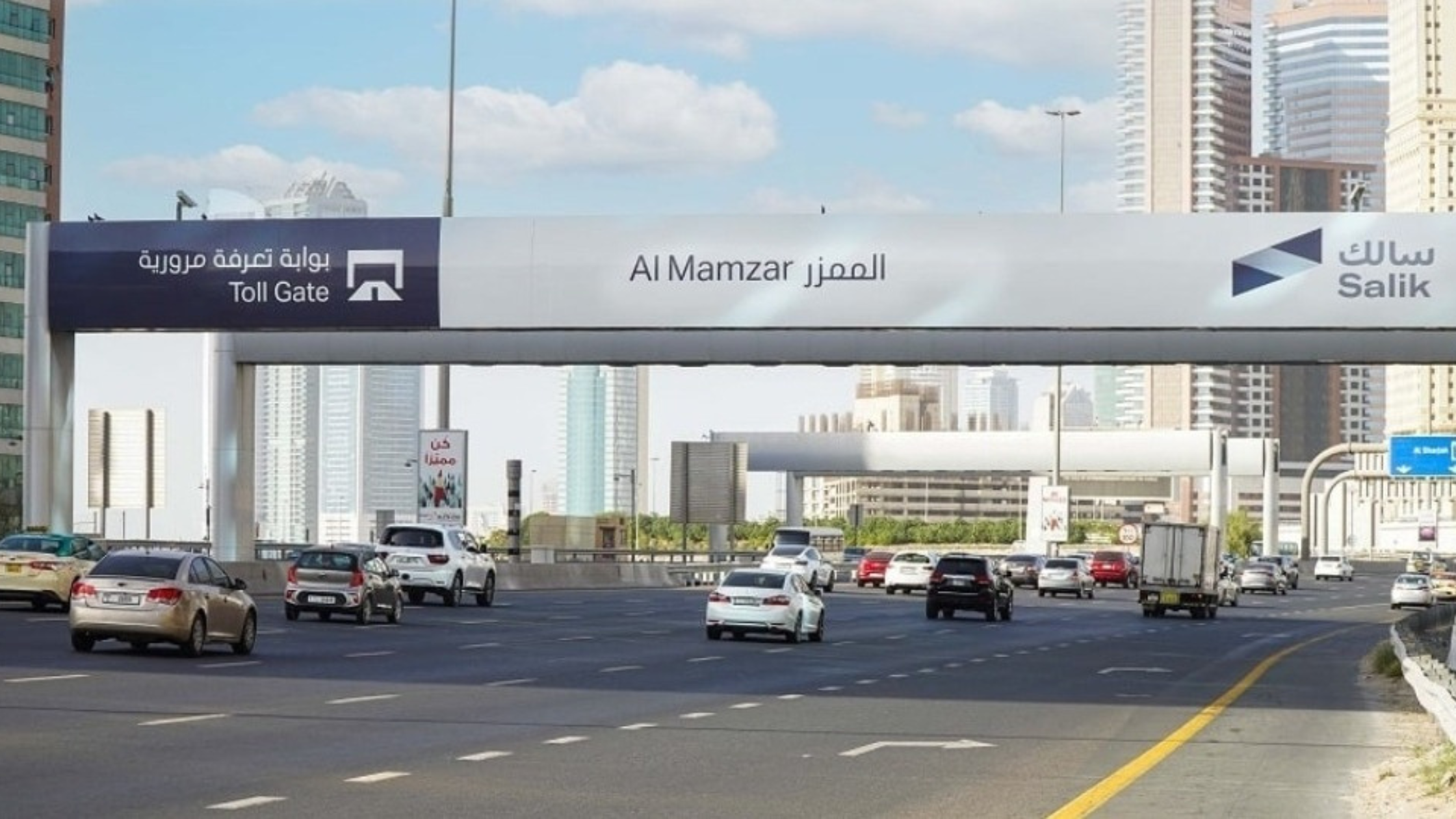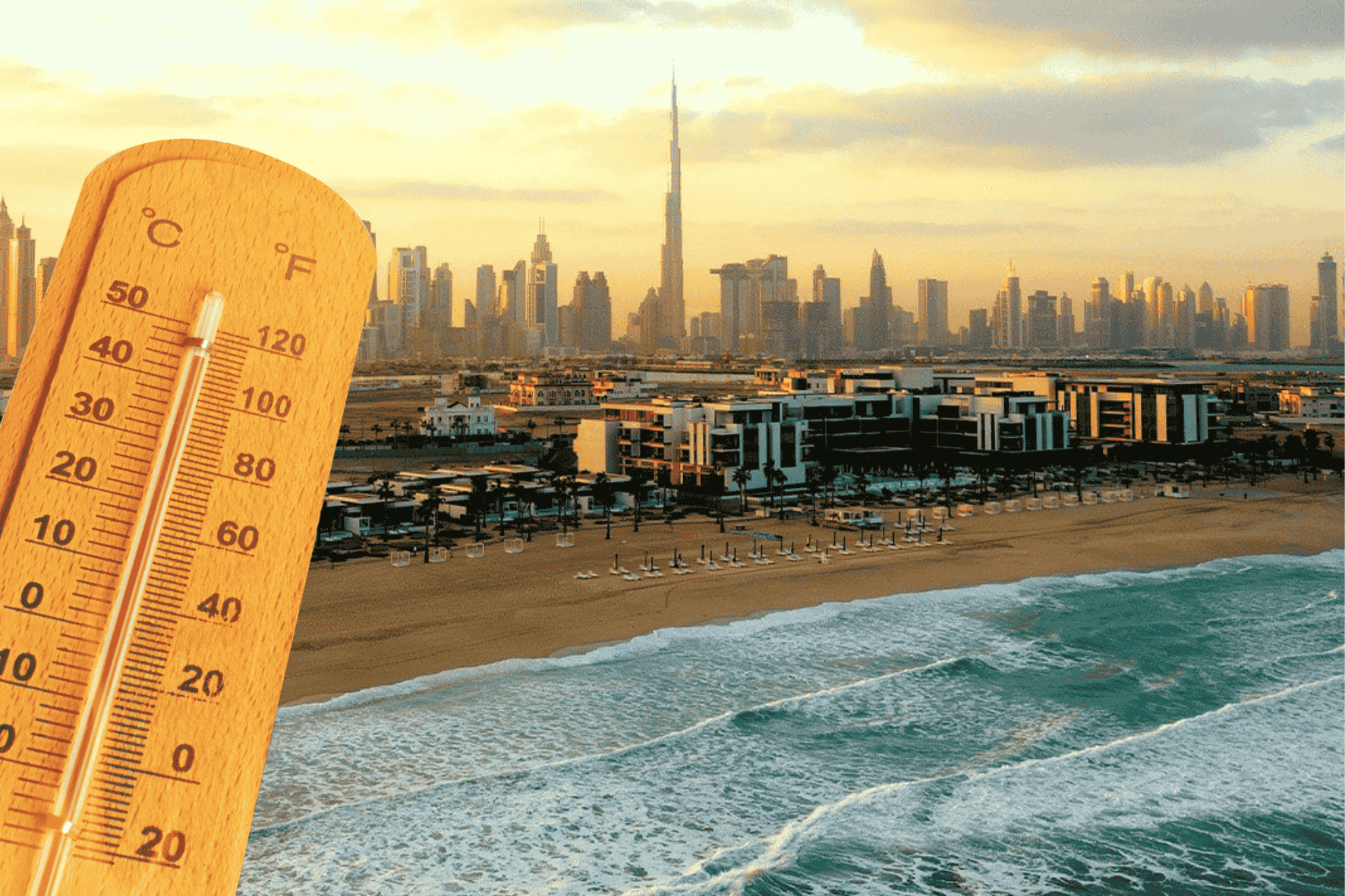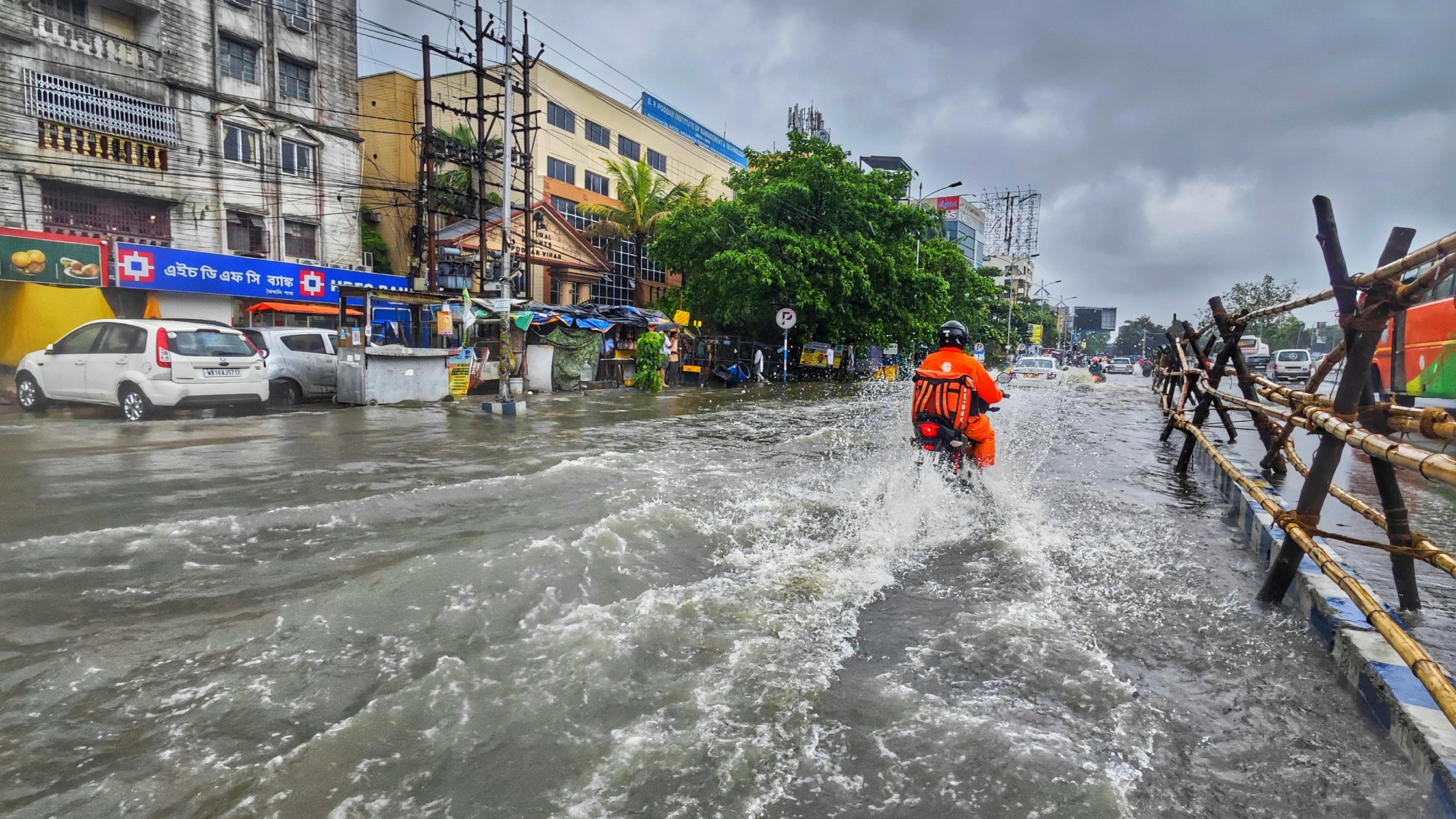Severe Thunderstorms and Hail Hit Southern Saudi Arabia in 2025

Southern Saudi Arabia was hit by an extraordinary weather event on Friday, August 1, 2025, as scattered rains, intense thunderstorms, hail, and flash floods swept through regions like Al Baha, Abha, and Taif. The sudden shift from scorching summer heat to a dramatic temperature drop stunned residents, with Abha recording a chilling 18°C—the lowest temperature in the kingdom during one of the hottest months. This rare meteorological phenomenon brought overflowing ravines, revitalized landscapes, and hazardous conditions, prompting authorities to issue advanced warnings and red alerts for safety. Here’s an in-depth look at this remarkable weather event and its impact on the region, optimized for visibility and engagement.
A Sudden Shift in Southern Saudi Arabia’s Climate
The Middle East, known for its arid deserts and relentless heat, is no stranger to extreme weather, but the recent thunderstorms in Saudi Arabia caught residents off guard. On Friday, Al Baha, a region celebrated for its scenic valleys and parks, was drenched by moderate to light showers that transformed the area. The rainfall covered not only Al Baha city but also outlying governorates such as Al Aqiq, Baljurashi, Bani Hasan, and Al Qura. The downpours revitalized the arid landscape, turning dry riverbeds into rushing torrents and breathing life into the region’s iconic greenery.
Meanwhile, Abha, a city famed for its temperate climate and lush mountains, experienced a surreal twist. The city was blanketed by hailstorms, with ice pellets coating mountain roads and creating a winter-like scene in the middle of summer. Local media described the event as “Abha flipping the script,” with social media buzzing with videos of torrential waters coursing through streets and icy landscapes that seemed out of place in the kingdom’s typically warm August weather.
In Taif, the situation escalated further, with severe thunderstorms prompting the National Center for Meteorology to issue a red alert. The combination of heavy downpours, severe wind gusts, poor visibility, and dangerous lightning put emergency services on high alert. Authorities warned of flash flooding risks and urged residents to exercise caution in affected areas.
The Impact of the Storms: A Region Transformed
The sudden weather shift had a profound impact on Southern Saudi Arabia’s environment and infrastructure. In Al Baha, the rainfall was a double-edged sword. While it rejuvenated the region’s parks and valleys, it also caused dry riverbeds and ravines to overflow, posing risks to low-lying areas. The lush greenery that defines Al Baha’s appeal was further enhanced, with waterfalls and streams temporarily dotting the landscape, drawing the attention of locals and visitors alike.
In Abha, the hail and temperature drop created a spectacle that captivated residents. The city, nestled in the Asir Mountains, is a popular destination for those seeking cooler climates, but the 18°C temperature was unprecedented for August. Videos shared on X showcased ice-covered roads and gushing streams, with residents marveling at the rare phenomenon. The sudden cold snap also raised concerns about road safety, as slippery conditions made mountain roads treacherous.
Taif, another key city in the region, faced the brunt of the storms. The red alert issued by the National Center for Meteorology highlighted the severity of the situation, with heavy rainfall and strong winds reducing visibility and creating hazardous conditions. Emergency services were mobilized to respond to potential flash flooding, a recurring concern in the region during intense storms. The combination of lightning activity and high winds further complicated efforts to ensure public safety.
Authorities Respond to the Crisis
The National Center for Meteorology played a critical role in managing the crisis, issuing advanced warnings for Al Baha and Taif to alert residents of the impending dangers. The warnings emphasized the risks of heavy downpours, severe wind gusts, poor visibility, and lightning strikes, urging residents to stay indoors and avoid flood-prone areas. In Taif, the red alert underscored the severity of the situation, with authorities advising against unnecessary travel and preparing for potential rescue operations.
Local authorities also issued flash flood warnings, particularly in areas with dry riverbeds and low-lying terrain. The overflow of ravines and streams posed a significant risk to infrastructure, with roads and bridges in some areas temporarily closed to ensure safety. Emergency services remained on standby, ready to respond to any incidents caused by the unpredictable weather.
A Rare Phenomenon in the Context of Saudi Arabia’s Climate
Saudi Arabia’s climate is typically characterized by extreme heat and minimal rainfall, making events like these particularly noteworthy. The Middle East weather patterns are often dominated by arid conditions, with summer temperatures frequently exceeding 40°C. However, regions like Al Baha and Abha, located in the Asir Mountains, are known for their relatively milder climates, attracting tourists seeking respite from the heat. The sudden onset of thunderstorms, hail, and flash floods in these areas highlights the region’s susceptibility to extreme weather events, particularly during transitional seasons.
The temperature drop in Abha to 18°C was a stark contrast to the kingdom’s usual August weather, where temperatures often hover around 35-40°C. This anomaly, coupled with hailstorms, sparked widespread discussion on social media platforms like X, where residents shared images and videos of the transformed landscape. The event also underscored the importance of weather monitoring and preparedness in mitigating the impacts of such unpredictable conditions.
Why This Weather Event Matters
The thunderstorms in Southern Saudi Arabia are more than just a fleeting news story—they highlight the region’s vulnerability to climate variability. While the Middle East is often associated with deserts and heat, areas like Al Baha, Abha, and Taif demonstrate the diversity of the region’s geography and weather patterns. The revitalization of arid landscapes brought by the rains offers a glimpse of the region’s natural beauty, but the flash floods and hazardous conditions serve as a reminder of the need for robust weather forecasting and emergency preparedness.
For residents, the event was a mix of awe and caution. The hail in Abha and overflowing rivers in Al Baha created stunning visuals that captured the imagination of locals and tourists alike. However, the severe thunderstorms in Taif underscored the importance of heeding weather warnings and staying safe during extreme conditions. As climate change continues to influence global weather patterns, such events may become more frequent, making it critical for authorities and communities to adapt.
How Residents and Visitors Can Stay Safe
For those in Southern Saudi Arabia, staying informed about weather alerts is essential during such events. The National Center for Meteorology provides real-time updates on X and other platforms, offering guidance on how to navigate flash floods, severe winds, and lightning risks. Residents are advised to:
- Avoid driving on flooded roads or mountain paths during heavy rainfall.
- Stay indoors during thunderstorms to minimize exposure to lightning strikes.
- Monitor weather updates from trusted sources like the National Center for Meteorology.
- Prepare emergency kits in case of power outages or road closures.
Tourists visiting Al Baha, Abha, or Taif should also exercise caution, particularly when exploring outdoor attractions like parks, valleys, or mountain trails. The region’s natural beauty is a major draw, but unpredictable weather can pose risks, especially during the rainy season.
The Role of Social Media in Spreading Awareness
Social media platforms, particularly X, played a significant role in documenting and sharing the impact of the thunderstorms in Saudi Arabia. Videos and photos of hail-covered roads in Abha, overflowing streams in Al Baha, and stormy skies in Taif went viral, drawing attention to the scale of the event. These posts not only highlighted the beauty of the transformed landscape but also served as a platform for residents to share safety tips and weather updates.
The viral nature of these posts also underscores the power of social media in amplifying regional news. By leveraging platforms like X, local media outlets and residents were able to reach a global audience, showcasing the unique weather patterns of Southern Saudi Arabia and sparking conversations about climate variability in the Middle East.
Looking Ahead: Preparing for Future Weather Events
As climate change continues to reshape global weather patterns, Saudi Arabia may experience more frequent extreme weather events like the ones seen on August 1, 2025. The National Center for Meteorology and local authorities are likely to invest in advanced weather forecasting technologies to better predict and respond to such events. For residents and visitors, staying informed and prepared is key to navigating the challenges posed by flash floods, hailstorms, and severe thunderstorms.
The Asir Mountains, home to Al Baha and Abha, will continue to be a focal point for tourism and environmental conservation. The recent rains have highlighted the region’s potential as a natural oasis, but they also serve as a reminder of the need for sustainable infrastructure to manage flood risks and protect communities.







